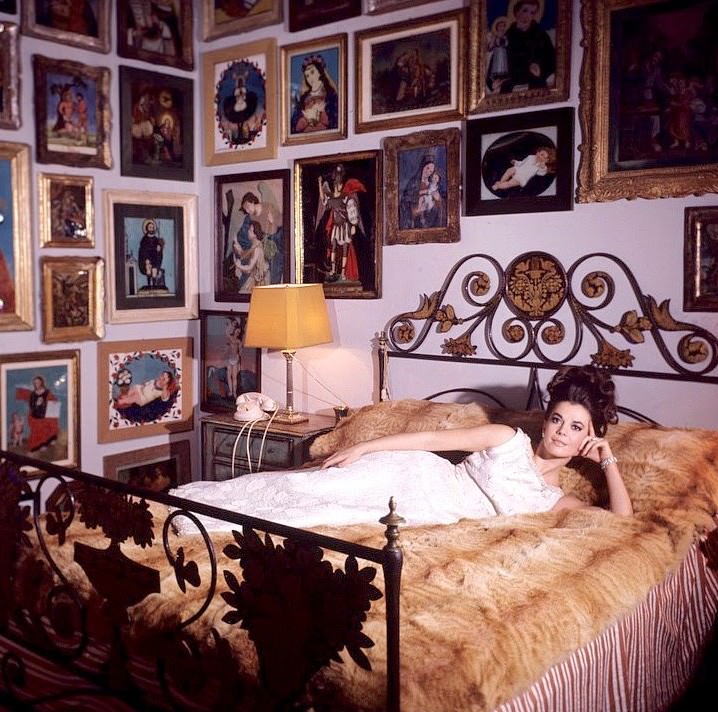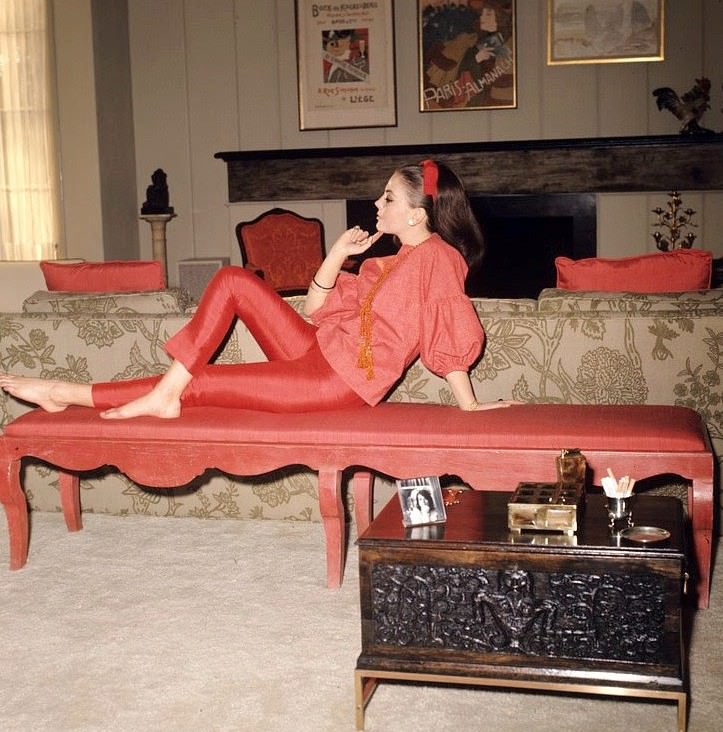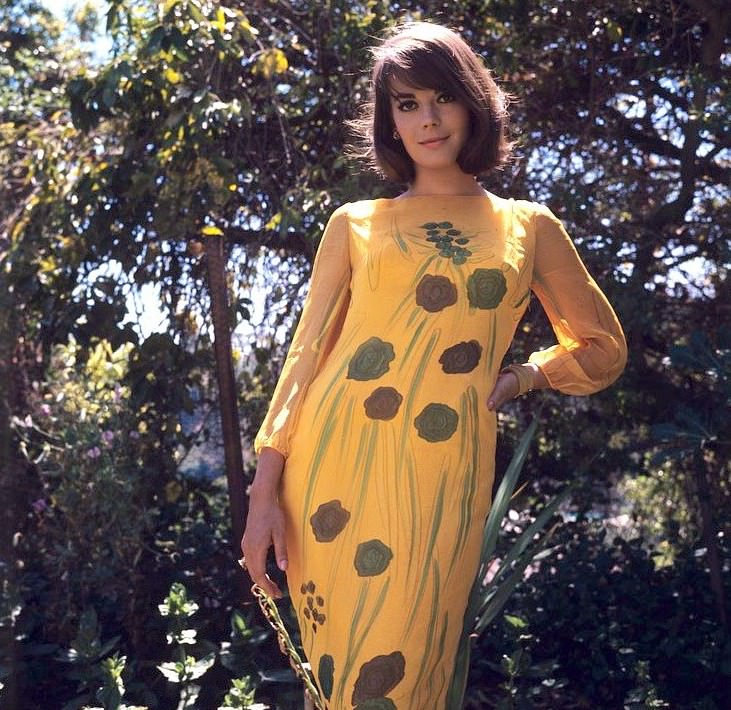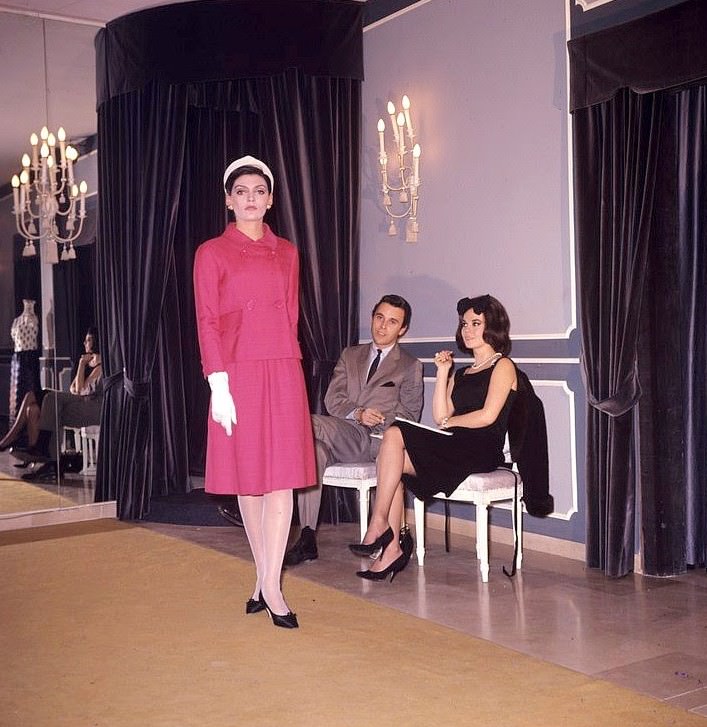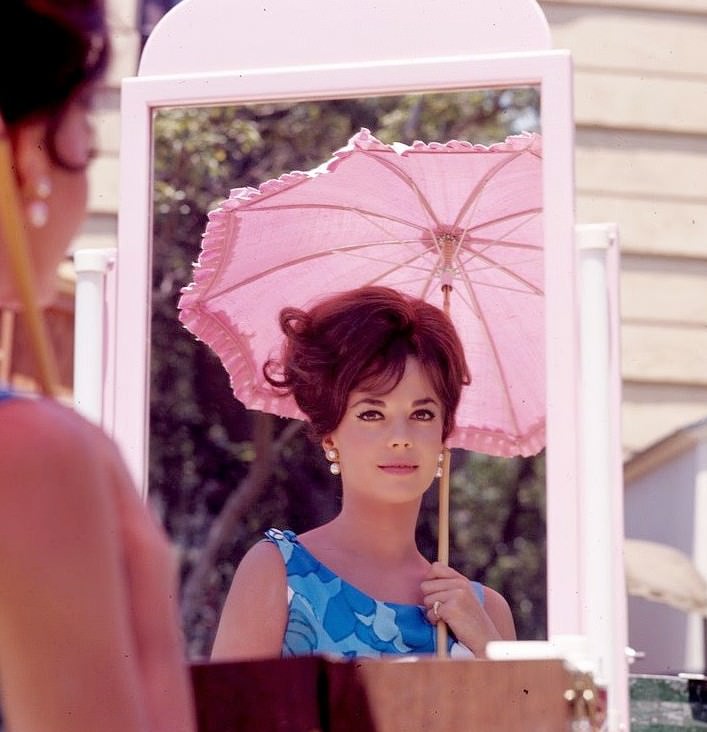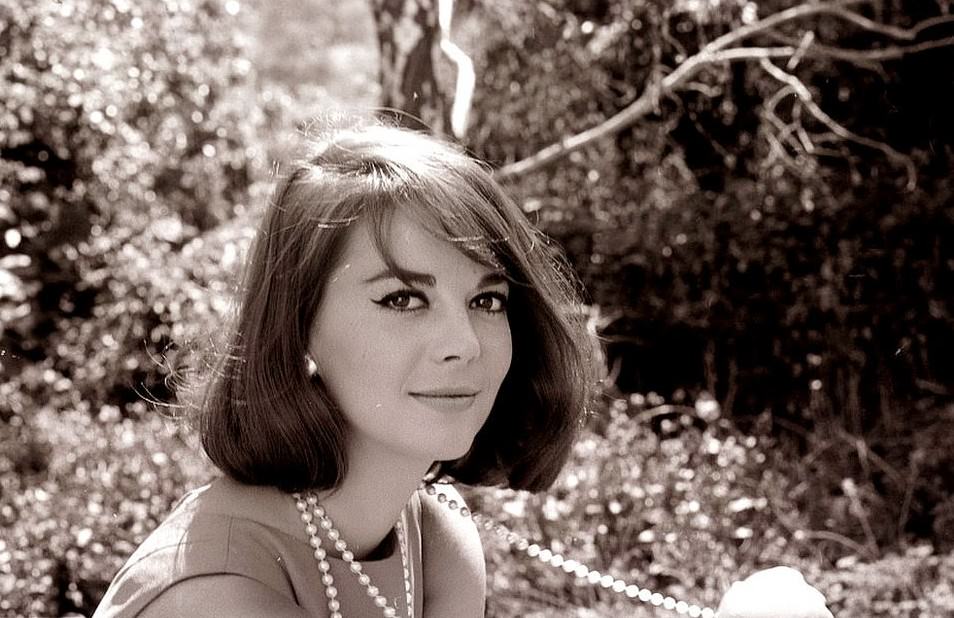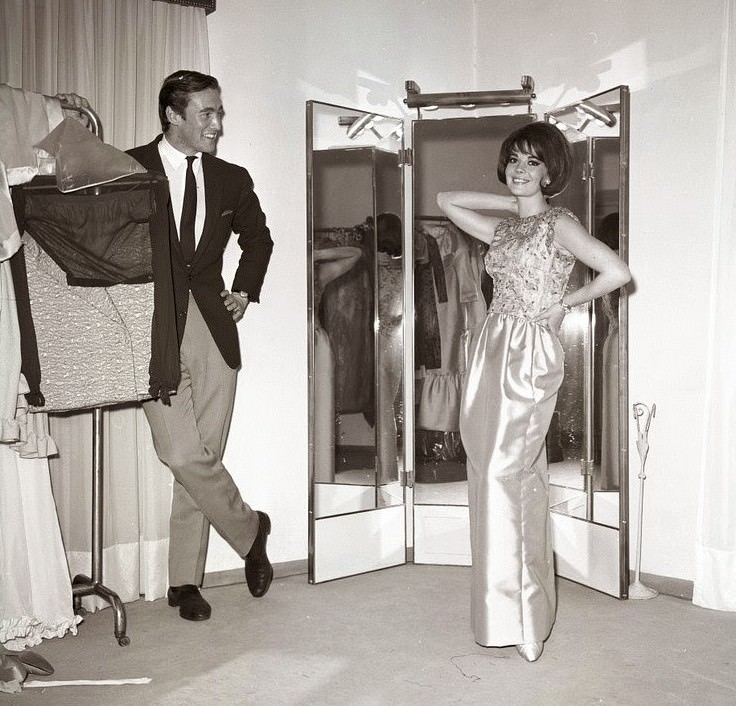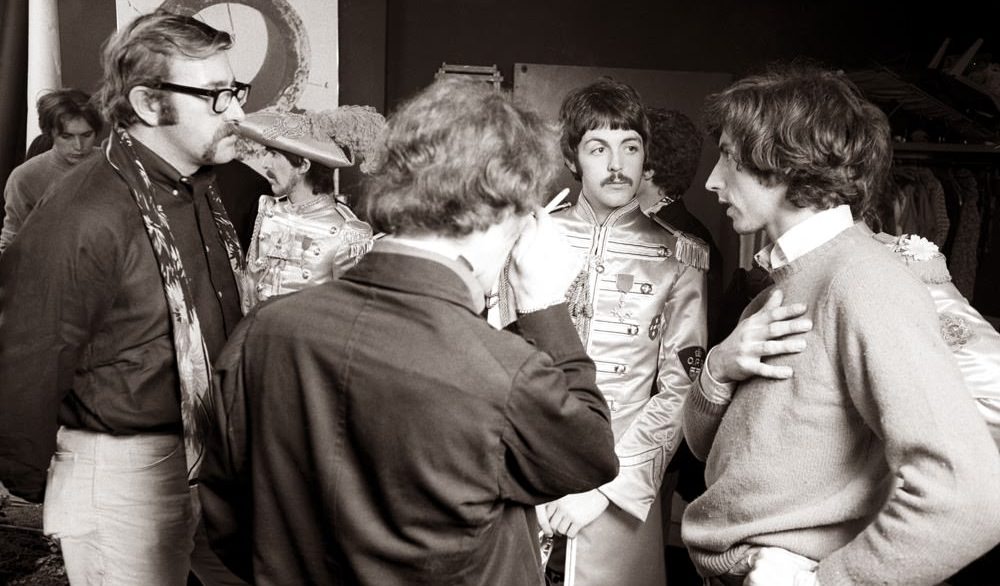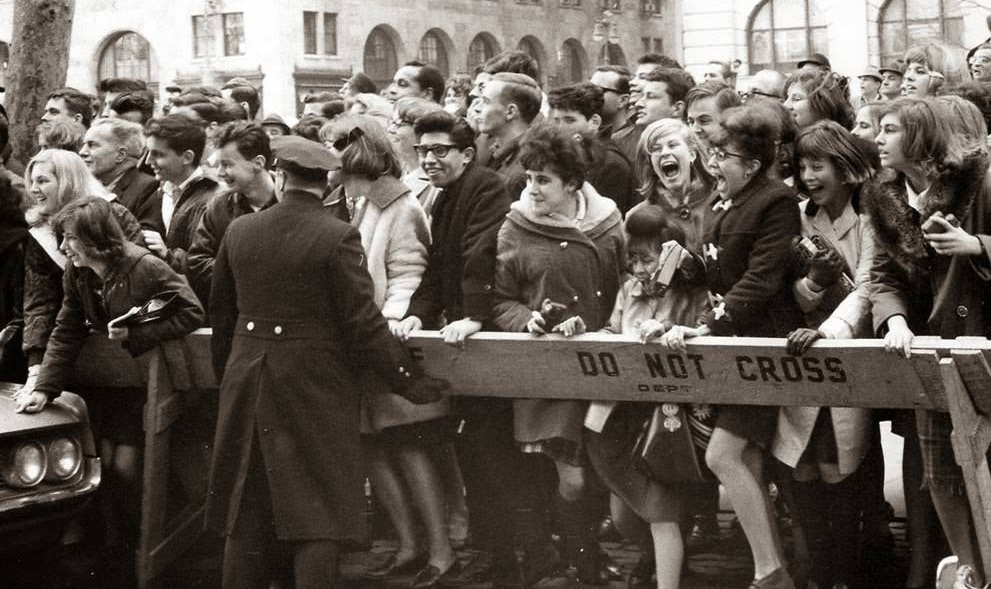In the mid-1960s, Hollywood was transforming. The golden era of the big studios was fading, and a new wave of stars was emerging—actors and actresses who carried both glamour and individuality. Natalie Wood was at the center of this shift. By 1965, she was not just a movie star; she was an icon of style, talent, and modern femininity.
At only 26 years old, Natalie had already lived a life many could only dream of. She had grown up on film sets, starting as a child actor and then becoming one of the most celebrated leading ladies of her time. Her roles in Rebel Without a Cause, Splendor in the Grass, and West Side Story earned her respect far beyond her beauty. She had depth, range, and an undeniable screen presence that audiences couldn’t look away from.
That same year, Italian photographer Angelo Frontoni captured her in a series of photographs that perfectly reflected the spirit of the era. Frontoni was known for his ability to make stars look effortlessly glamorous without stripping away their natural essence. His portraits often balanced elegance with intimacy, and with Natalie, this approach created something unforgettable.
Read more
The 1960s were a decade of bold change. Fashion was breaking rules, art was becoming experimental, and cinema was leaning toward realism. Natalie embodied all of that. Her style in these photographs is a testament to mid-60s sophistication—sharp silhouettes, sleek lines, and chic details. She was no longer the ingénue Hollywood had introduced years before; she was a confident woman in control of her image and career.
Behind the lens, Frontoni’s skill was in making every shot feel alive. His work captured more than beauty; it told a story. With Natalie, the story was one of transformation—an actress stepping into a new phase, one where she demanded complex roles and refused to settle for less. During interviews, she often spoke about wanting characters with depth, a rare stance for actresses at the time when typecasting was common.
This session was more than a simple photoshoot. It represented a cultural moment. Natalie Wood was a woman navigating fame in an era that expected perfection but was beginning to crave authenticity. Frontoni’s photography gave audiences both: the polished elegance they admired and the real woman they were curious about.


